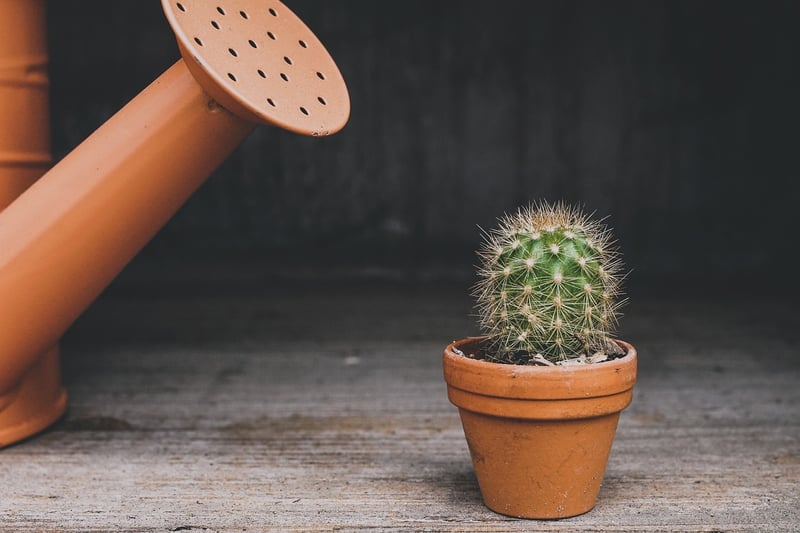Fertilizing Guide
Essential Plant Care Tips + Fertilizing Guide
Introduction
Welcome to our guide on essential plant care tips and fertilizing. Whether you are a seasoned plant enthusiast or just starting with your green thumb journey, these tips will help you keep your plants healthy and thriving.
1. Watering
Watering is crucial for plant health. Different plants have different water requirements. Research your plant species to determine the right watering schedule. Overwatering can lead to root rot, while underwatering can cause wilting.
2. Light
Plants need light to photosynthesize and grow. Place your plants in locations with the appropriate light levels for their species. Some plants thrive in direct sunlight, while others prefer indirect light.
3. Soil
Choosing the right soil is essential. Use well-draining soil for most plants to prevent waterlogging. Some plants may require specific soil mixes like cacti and succulent mix for succulents.
4. Fertilizing Guide
Plants need nutrients to grow. Fertilizers provide essential nutrients like nitrogen, phosphorus, and potassium. Here's a simple fertilizing guide:
a. Types of Fertilizers
- Organic Fertilizers: Derived from natural sources like compost or manure.
- Synthetic Fertilizers: Manufactured chemical fertilizers with specific nutrient ratios.
b. Fertilizing Schedule
Follow the instructions on the fertilizer package. Generally, fertilize plants during the growing season (spring and summer) and reduce or stop fertilizing in fall and winter when growth slows down.
c. Application Tips
Water your plants before applying fertilizer to prevent root burn. Dilute liquid fertilizers to avoid over-fertilizing. Always wash off any fertilizer that lands on leaves to prevent burns.
Conclusion
By following these essential plant care tips and fertilizing guide, you can ensure your plants stay healthy and vibrant. Remember to observe your plants regularly and adjust care routines as needed. Happy gardening!


